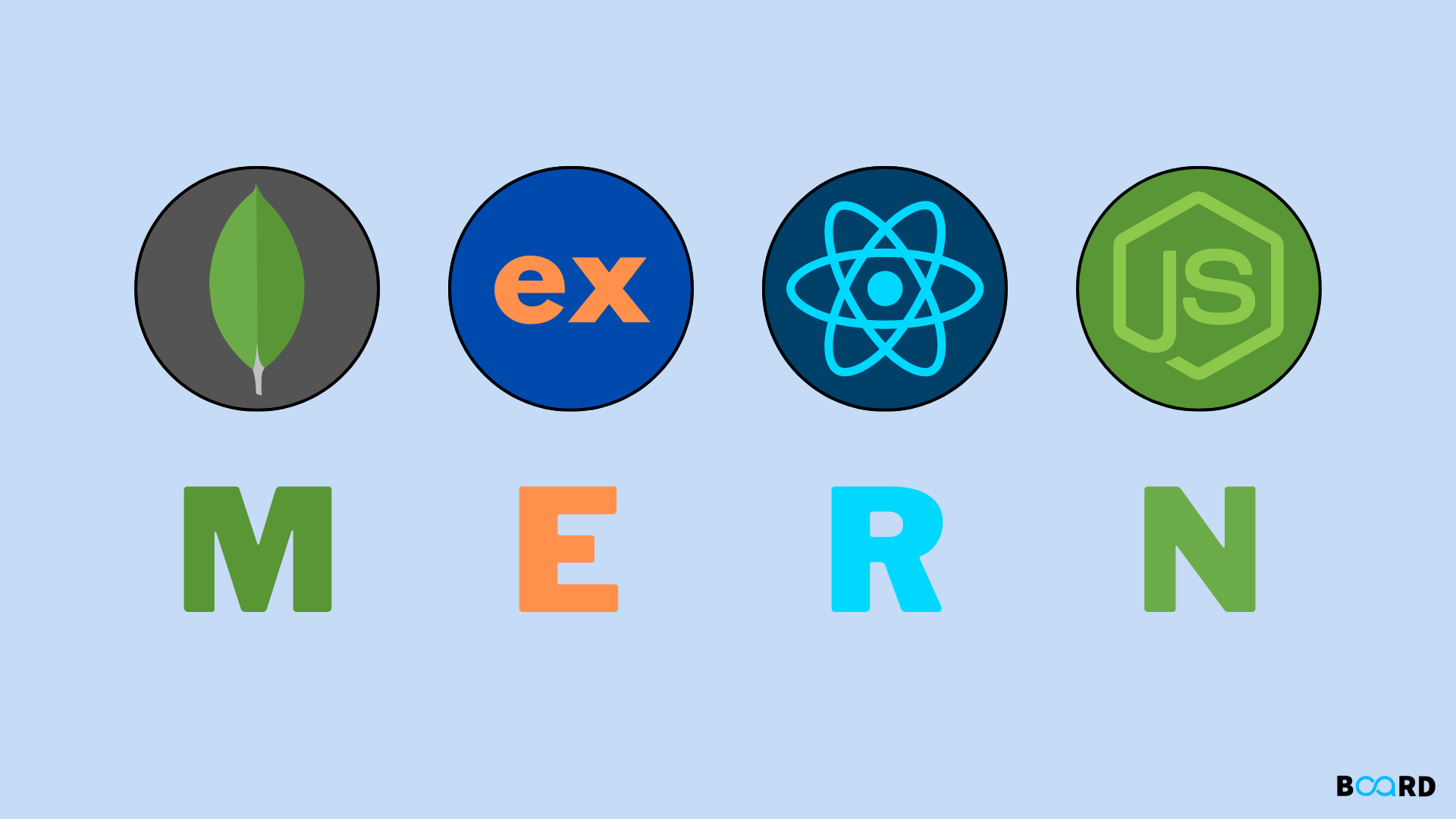
The MERN stack is a popular web development stack that combines four powerful technologies: MongoDB, Express.js, React, and Node.js. It allows developers to build full-stack JavaScript applications quickly and efficiently.
What is MERN Stack?
The MERN stack is an acronym that stands for:
- MongoDB: A NoSQL database that uses a document-oriented data model.
- Express.js: A minimal and flexible Node.js web application framework.
- React: A JavaScript library for building user interfaces, developed by Facebook.
- Node.js: A JavaScript runtime built on Chrome's V8 JavaScript engine.

Benefits of Using MERN Stack
The MERN stack offers several benefits for developers:
- Full-Stack JavaScript: Since all the technologies in the MERN stack use JavaScript, both client-side and server-side code can be written in the same language.
- Efficiency: The non-blocking architecture of Node.js and the flexibility of MongoDB make the stack highly efficient.
- Scalability: React's component-based architecture and MongoDB's scalability make it easier to manage large applications.
- Community Support: Each technology in the MERN stack has a large community, which means plenty of resources, tutorials, and tools are available.
Components of MERN Stack
1. MongoDB: It stores data in a flexible, JSON-like format, which makes it easy to pass data between the server and client.
2. Express.js: It provides a robust set of features for web and mobile applications, allowing for faster and easier development.
3. React: It allows developers to create large web applications that can change data without reloading the page, enhancing user experience.
4. Node.js: It is designed to build scalable network applications, making it perfect for data-intensive real-time applications.
How to Get Started with MERN Stack
To start building applications with the MERN stack, you need to have a basic understanding of JavaScript and its modern ES6+ syntax. Here are the general steps to get started:
1. Install Node.js and npm: These are required to run the server-side code and manage dependencies.
2. Set Up MongoDB: You can use a cloud service like MongoDB Atlas or install MongoDB locally.
3. Create a Node.js Server: Use Express.js to set up a basic server.
4. Build the Frontend with React: Create a React application using Create React App or other boilerplates.
5. Connect React with Express: Use Axios or Fetch API to make HTTP requests from the React frontend to the Express backend.
6. Deploy the Application: Use platforms like Heroku, AWS, or Vercel for deployment.
Conclusion
The MERN stack is an excellent choice for developers looking to build modern web applications. Its use of JavaScript throughout the stack, combined with the strengths of MongoDB, Express.js, React, and Node.js, makes it a powerful and efficient solution for full-stack development.
For more detailed guides and tutorials, you can visit the official documentation of each technology: MongoDB, Express.js, React, and Node.js.